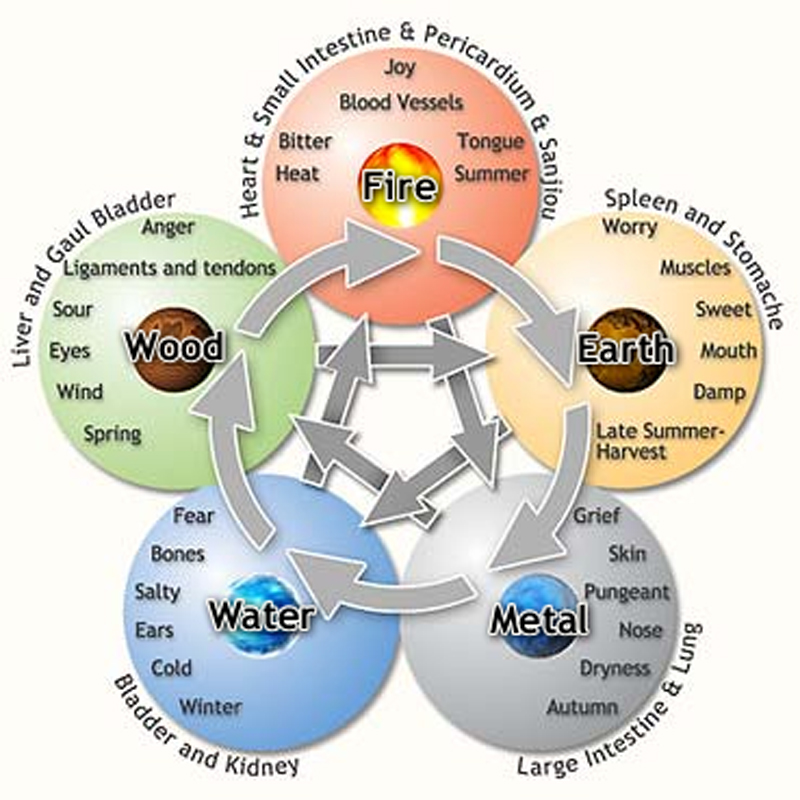Traditional Chinese Veterinary Medicine and Chiropractic
Nontraditional Therapies (Traditional Chinese Veterinary Medicine and Chiropractic) in Exotic Animals
SOURCE: Vet Clin North Am Exot Anim Pract. 2018 (May); 21 (2): 511–528
Jessica A. Marziani, DVM, CVA, CVC, CCRT
CARE Veterinary Services PLLC,
PO Box 132082, Houston, TX 77219, USA
The nontraditional therapies of Traditional Chinese Veterinary Medicine and chiropractic care are adjunct treatments that can be used in conjunction with more conventional therapies to treat a variety of medical conditions. Nontraditional therapies do not need to be alternatives to Western medicine but, instead, can be used simultaneously. Exotic animal practitioners should have a basic understanding of nontraditional therapies for both client education and patient referral because they can enhance the quality of life, longevity, and positive outcomes for various cases across multiple taxa.
Keywords: Acupuncture; Alternative therapies; Chiropractic; Complementary therapies; Integrative therapies; Nontraditional therapies; Traditional Chinese Veterinary Medicine
From the FULL TEXT Article:
KEY POINTS
|
INTRODUCTION
There are more articles like this @ our:


